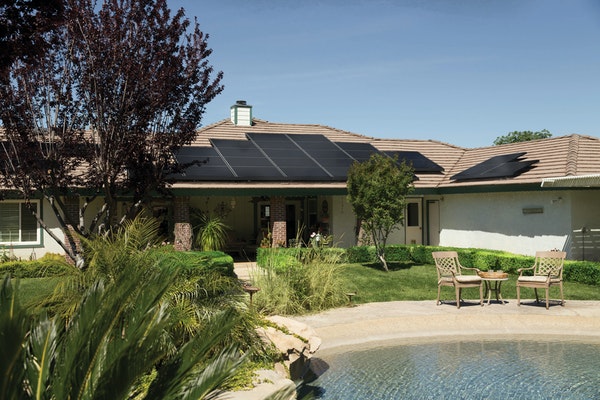Summer is here! Which, luckily, means longer sunny days! With the extra sunshine to spare, going solar might be a good idea. And, if you’re working on debt management, going solar can potentially save you some big bucks. Therefore, it is good to know the pros and cons of converting to solar power.
Going Solar – Is it For You?
Many homeowners are starting to make the conversion to solar power, which relies on the sun’s energy to generate power. This renewable energy is environmentally friendly and may save money over time. However, the initial investment can be quite expensive.
Homeowners can opt to convert fully to solar power, or only put part of their household on solar power. This depends on their budget, as well as local solar radiance (the amount of sunlight available in the area). This lowers a family’s carbon footprint, decreasing the greenhouse gases emitted by burning fossil fuels.
However, going solar requires an initial investment – which isn’t cheap, especially if you’re working on paying of credit card debt. According to energy sage, in 2018, most homeowners are paying between $2.71 and $3.57 per watt to install solar, and the average gross solar panel cost before tax credits is $18,840. Using the U.S, average for system size at 6 kW (6,000 watts), solar system costs will range from $11,380 to $14,990 (after tax credits).
Is solar power for you? Look into your local government and utility incentives to see if they will offset the cost enough to make it worthwhile. It’s the right step for the environment, but could also pay off in your budget in the long run. Just a few small changes can truly impact your monthly bills and help you Go Green!
If you’re struggling to pay off debt, ACCC can help. Schedule a free credit counseling session with us today.






